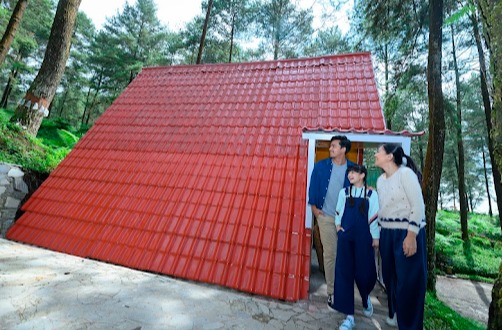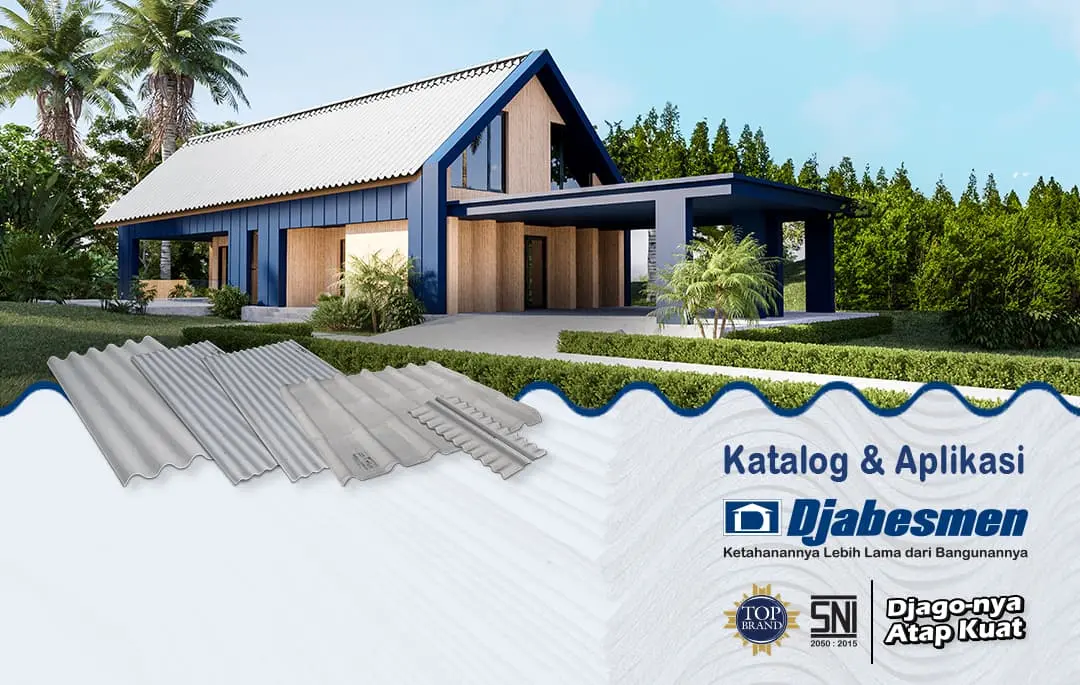Guide to Setting Up Roof Ventilation for Fresh Air

Roof ventilation is an often overlooked pathway for air circulation, especially in older homes. If you plan to renovate or improve your living space for better air circulation, don’t forget about roof ventilation!
There is essential information about roof ventilation, including system setup guidelines, tips to optimize air circulation, various types of roof ventilation, practical designs, considering environmental and climatic factors, and its benefits for your well-being.
Practical Guide on Roof Ventilation System Setup
It’s important to know that setting up a roof ventilation system can be relatively straightforward. With the assistance of professionals and quality materials, you can achieve it. To provide you with an overview, here’s a practical guide for setting up a roof ventilation system:
● Determining Strategic Ventilation Locations
To achieve adequate ventilation, you need organized and consistent airflow. The placement of ventilation is crucial! This allows for smooth air intake and outflow.
If your dwelling has an attic area, it’s highly recommended to consider its length and width dimensions. Then, multiply the attic dimensions and divide the result by 300. The size of ventilation depends on the roof’s surface area.
Next, position the ventilation about 40 cm below the roof’s peak. Warm air naturally rises from below, and this placement facilitates its movement. Note that the positioning of roof ventilation can be adjusted based on the house’s roof model.
● Creating High Ceilings
To enhance air circulation, you can create high ceilings. With elevated ceilings, the indoor space can feel more expansive!
Moreover, ceiling height can influence the room’s temperature. This helps maintain a stable interior temperature as air doesn’t stagnate in one spot.
● Adding Cavities
Roofs can absorb significant external heat, especially when directly exposed to sunlight. You can create cavities within the roof as air ventilation to address this.
Use clay tiles for the roof. This material can help keep the living space cooler. Additionally, the color of the tiles can contribute to an aesthetically pleasing visual effect over time.
Apply three roof ventilation models, adjusting them according to the building’s environmental conditions. Remember to consider their size as well.
● Implementing Skylight Roof
You can utilize the ceiling to facilitate air movement within the house. One option is to use skylight windows.
Skylights don’t necessarily have to be made of glass; they can also be customized to open and close as needed. Skylights not only provide fresh air but also brighten up the living space.
● Adding Exhaust Fans
Installing exhaust fans as roof ventilation can effectively improve air circulation within your home by expediting air exchange.
Exhaust fans work by sucking in air from a room and expelling it outside. Simultaneously, they draw in fresh air from the outside, contributing to a cooler indoor atmosphere.
● Adding HRV and ERV Systems
HRV (heat recovery ventilator) and ERV (energy recovery ventilator) are mechanical ventilation systems. Both systems function similarly, focusing on heat transfer.
HRV optimizes indoor air quality by recovering heat from exhaust air. On the other hand, ERV recovers both heat and humidity from exhaust air.
HRV is more suitable for homes in cold climates requiring prolonged heating. ERV is ideal for homes in hot climates that frequently use air conditioning.
Various Types of Roof Ventilation for the Right System
Roof ventilation can be categorized into three main types: evaporative fantastic towers, stack ventilation, and cross ventilation. Below is a concise overview of these different types:
● Evaporative Cool Towers
This roof ventilation transforms dry and hot external air into cooler air as it enters the building, utilizing a water-based medium. The system employs the principle of passive cooling through direct evaporative cooling.
● Stack Ventilation
This roof ventilation system relies on passive cooling strategies. Its operation involves taking advantage of temperature stratification. The crucial principle is the upward movement of hot air and air circulation within the environment.
● Cross Ventilation
Cross ventilation utilizes two opposing and intersecting openings, allowing for effective air exchange. By achieving suitable opening sizes, the result is a reduction in room temperature and an increase in air velocity.
The Importance of Considering Environmental and Climate Factors When Regulating Roof Ventilation
When setting up roof ventilation, it’s crucial to consider environmental and climate factors. This way, you can achieve the best ventilation system and desired air quality.
Considerations you should make include matching the type of roof ventilation with the location of your home. For instance, if you reside in Europe, the suitable ventilation type would be stack ventilation. If you live in Southeast Asia, cross-ventilation is the most effective option.
Tips for Optimizing Air Circulation with Cross Ventilation or Positive Pressure Ventilation
In addition to following guidelines for roof ventilation regulation, it’s advisable to optimize airflow through cross-ventilation. This method relies on two openings within the same space.
The system utilizes the “difference” between low and high pressure in an airflow. With this ventilation, fresh air can enter one side and push out humidity through the other. Here are some tips for implementing cross-ventilation:
● Ensuring the Suitable Home for Cross Ventilation Method
Standard criteria include a relatively narrow size, a location in a low air (and noise) pollution environment, an open position not too close to narrow alleys, a position perpendicular to the wind direction, and exposure to sunlight.
● Applying Standards and Regulations for Cross Ventilation Usage
You can implement cross ventilation according to the National Standards of Indonesia (SNI), where the opening area is approximately 20% of the room’s floor area. Ventilation holes in buildings, such as windows, should be at least 5% of the living space for residential buildings and 10% for factories, offices, and similar spaces.
● Implementing Cross-Crossing Ventilation
As the name suggests, cross ventilation is applied to intersect each other. For example, left-right or top-bottom. Moreover, prioritize placing the outlet hole more ideally at the top. This is because warm air is generally lighter.
The Importance of Good Ventilation for Health and Comfort Inside the House
Adequate roof ventilation can create optimal air circulation. This will positively impact the health and comfort of you and your family members within the home. In broad terms, the following are the benefits that can be obtained from quality ventilation:
● Obtaining Chemical-Free Air
When cooking, you certainly use a stove. It’s important to know that this appliance can produce nitrogen dioxide while operating. Proper ventilation in the kitchen can expel this gas and replace it with fresh air.
● Minimizing Unpleasant Odors from Pets
Having pets at home is delightful but can also cause unpleasant odors. You can effectively manage these unwanted smells by implementing quality ventilation in your living spaces.
● Getting Smoke-Free Air from Cigarettes
Are you an active or passive smoker? Regardless, it’s well-known that cigarette smoke can have adverse health effects. You can exchange cigarette smoke for fresh, quality air with good ventilation.
● Reducing Room Humidity
Excessive room humidity can lead to mold growth in buildings and health issues! Thus, quality ventilation can regulate ideal humidity levels, contributing to overall well-being.
Here is the information about the guide to arranging roof ventilation to obtain fresh air, along with related discussions. You can consult with professionals to get good ventilation! And consider using roofing materials from Djabesmen!

Djabesmen Regains Top Brand No.1 Award for the Tenth Time
Djabesmen Won Top Brand Award
Read Post arrow_right_alt
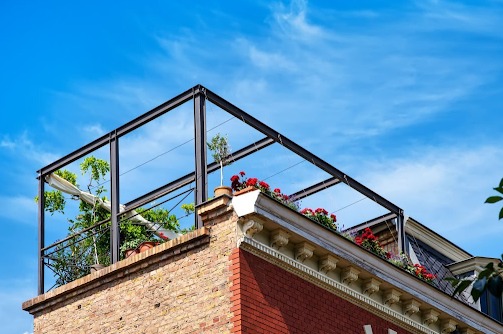
Tips for Creating a Rooftop Garden
Planning to create a rooftop garden? Discover these valuable tips to elevate its charm and allure!
Read Post arrow_right_alt
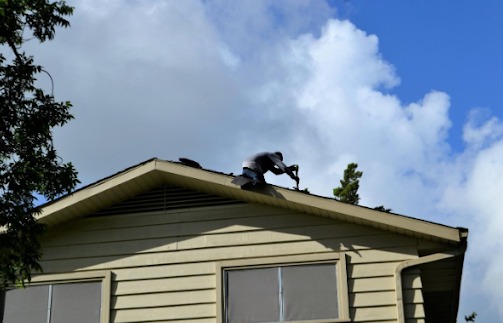
Roof Repair Solutions for Urgent Situations
Here are some tips and emergency roof repair techniques that you can implement in critical conditions.
Read Post arrow_right_alt
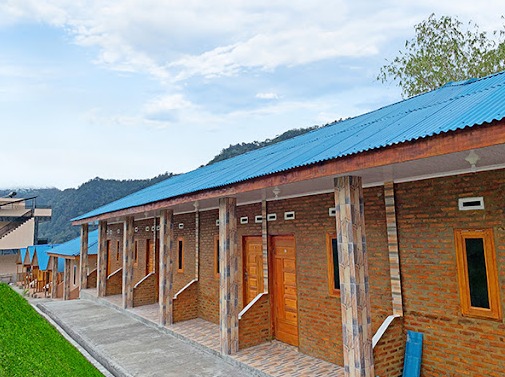
Here are the Reasons Why Roofs Are Made with Corrugations
Why are roofs made with corrugations? Learn about its rationale and various benefits!
Read Post arrow_right_alt

